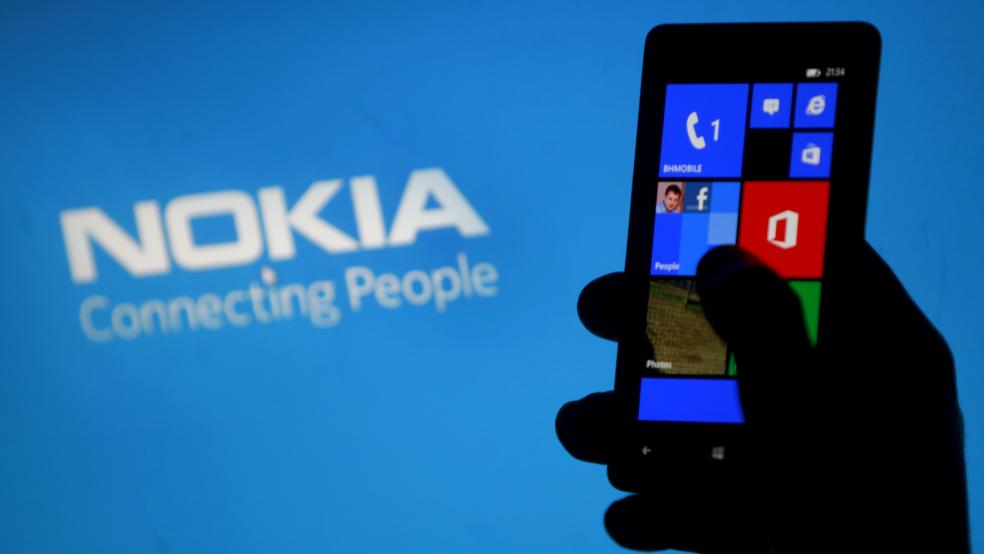When Interbrand released its annual list of the most valuable brands recently, much of the media attention was focused on the fact that Apple had overtaken Coca-Cola to become the world’s most valuable brand.
Not every company is so fortunate, though. Interbrand’s list of the top 100 global brands, which incorporates market and financial metrics as well as somewhat squishier measures of brand strength, featured 14 household names that have lost value over the last year.
SLIDESHOW: 14 ICONIC BRANDS THAT ARE LOSING THEIR LUSTER
Measuring a brand’s value is as much art as science, but it’s clear that brands, like businesses, can lose value. Sometimes the drops can be significant, so much so that it’s difficult if not impossible for them to recover. While the world celebrates the rise of Apple and Google, the falling stars from Interbrand’s list offer some cautionary lessons about building and maintaining a leading brand in a rapidly changing business environment.
"The path down is almost always faster than the path up,” says John F. Marshall, senior partner and global director of strategy at Lippincott, in an email. “Why? A brand at its core is about trust. It is a promise. As in any relationship, that takes a long time to build, longer to rebuild.”
If there is a theme to the brands on our list, it’s complacency. Companies expected products that have sold well in the past would continue to attract customers in the future. Take Nokia, which was once synonymous with mobile phones. It leads our list with a 65 percent decline in brand value. The Finnish company long dominated the mobile phone market, but it fell far behind as smartphones became more and more popular and was overtaken by Samsung as the mobile leader. A bet on Microsoft’s software failed to improve Nokia’s market share. Microsoft recently agreed to buy Nokia’s mobile handset business and license some patents for $7.2 billion, less than it paid when it bought Skype in 2011.
RELATED: CAN MICROSOFT BUY ITS WAY TO MOBILE RELEVANCE?
Nintendo and Dell face similar predicaments as Nokia. When Nintendo released the Wii in 2006, it was a huge hit at first, capturing 43.7 percent of the console gaming market as of 2007. Since then, it has fallen on hard times because of fierce competition from Microsoft’s xBox and Sony’s PlayStation. The company, like its rivals, was also caught flat-footed by the rise of smartphone games.
Dell also fell victim to the rise of mobile, and it lost its top spot in the PC market to Hewlett-Packard in 2007. Since then, Lenovo has supplanted both companies and has taken the top spot in an increasingly shrinking market.
Other brands that have fallen on hard times include Wall Street giant Morgan Stanley, cable channel MTV and beauty giant Avon. MTV has had difficulty attracting new audiences since the much-hyped (and much-loathed by critics) “Jersey Shore” ended its run. Avon is cutting costs and making a bigger push to mobile payments in order to boost its sagging sales.
Though these businesses may be down, they may not be out. Recapturing a brand’s lost luster isn’t easy, but it can be done. (The Republican Party, with a tarnished brand of its own, might want to listen up.) Recent history suggests that it requires bold, dramatic action.
Apple is a case in point, one that may offer a roadmap for at least some companies hoping to rebuild their brands through innovation. When Steve Jobs returned to Apple in 1996 (after being fired several years earlier), the company was a mess, perhaps months from bankruptcy. Jobs recognized that Apple’s brand had been tarnished and he set about repairing it. He dramatically narrowed the number of products Apple made and focused the company on creating innovative new ones. He also revamped the way Apple marketed itself and its devices, positioning Apple as the colorful and creative alternative for people who wanted to “Think Different.”
Other companies have relied on timely strategic bets to turn around their fortunes. IBM CEO Louis Gerstner is credited with saving Big Blue from potential bankruptcy when he ran the company from 1993 to 2002. He decided not to break up the company but instead overhauled its “inbred and ingrown” corporate culture, which had failed to keep up with the times, and transitioned it away from the commodity PC business.
Howard Schulz helped save Starbucks from the abyss. The coffee chain’s founder returned in 2008 after an eight-year hiatus and found things had gone horribly wrong. Starbucks had expanded too quickly and customers weren’t happy. So, Schultz put on the brakes, closed underperforming stores and in one memorable episode ordered his shops to shut their doors for almost four hours one day in 2008 so baristas could learn how to make the perfect espresso.
Whether these 14 companies learn from those examples or follow their own path, the global giants that follow could all use a brand boost.
CLICK HERE TO SEE THE 14 ICONIC BRANDS THAT ARE LOSING THEIR LUSTER



